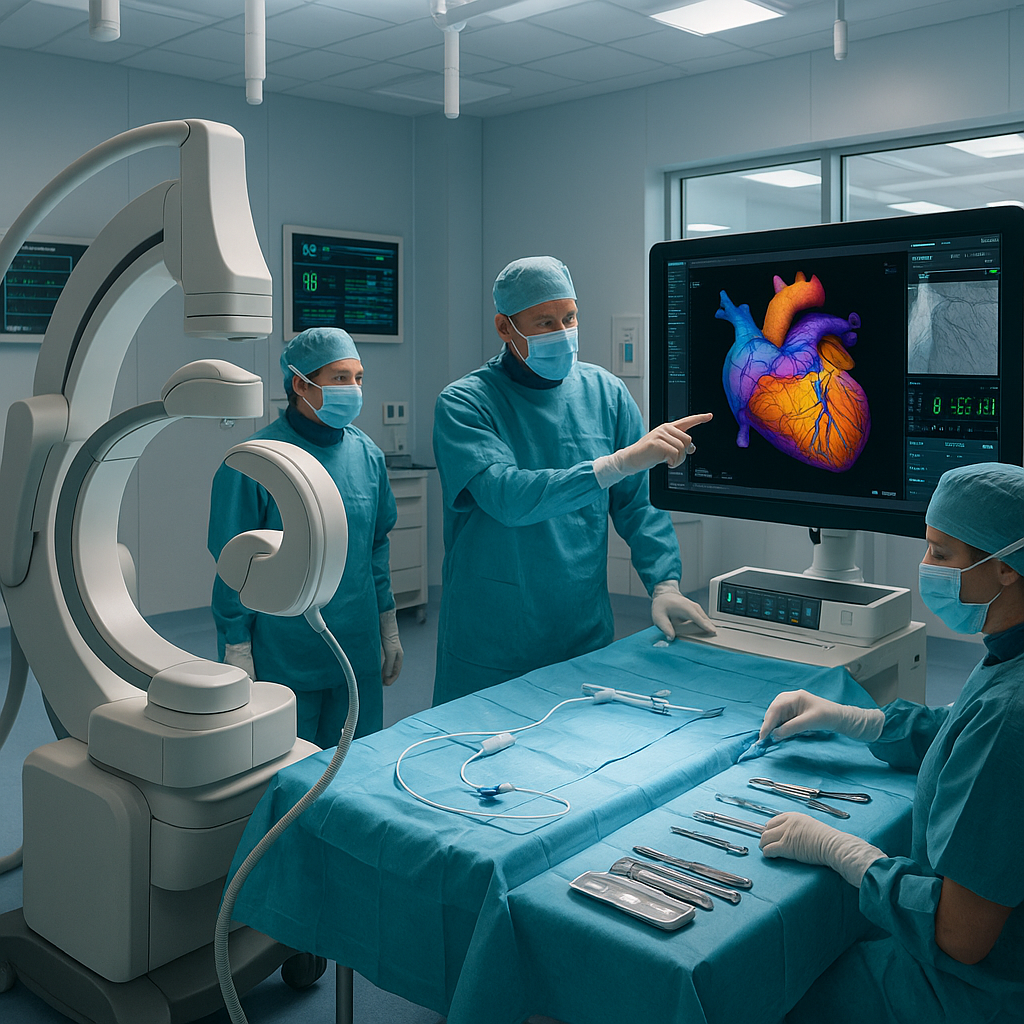10 Tips to Identify Your Minimalist Essentials
At the heart of the minimalist lifestyle is the word “essential” – the idea that only what is truly necessary should be kept in one’s life. While there are certainly things that are essential for survival, like water, food,...
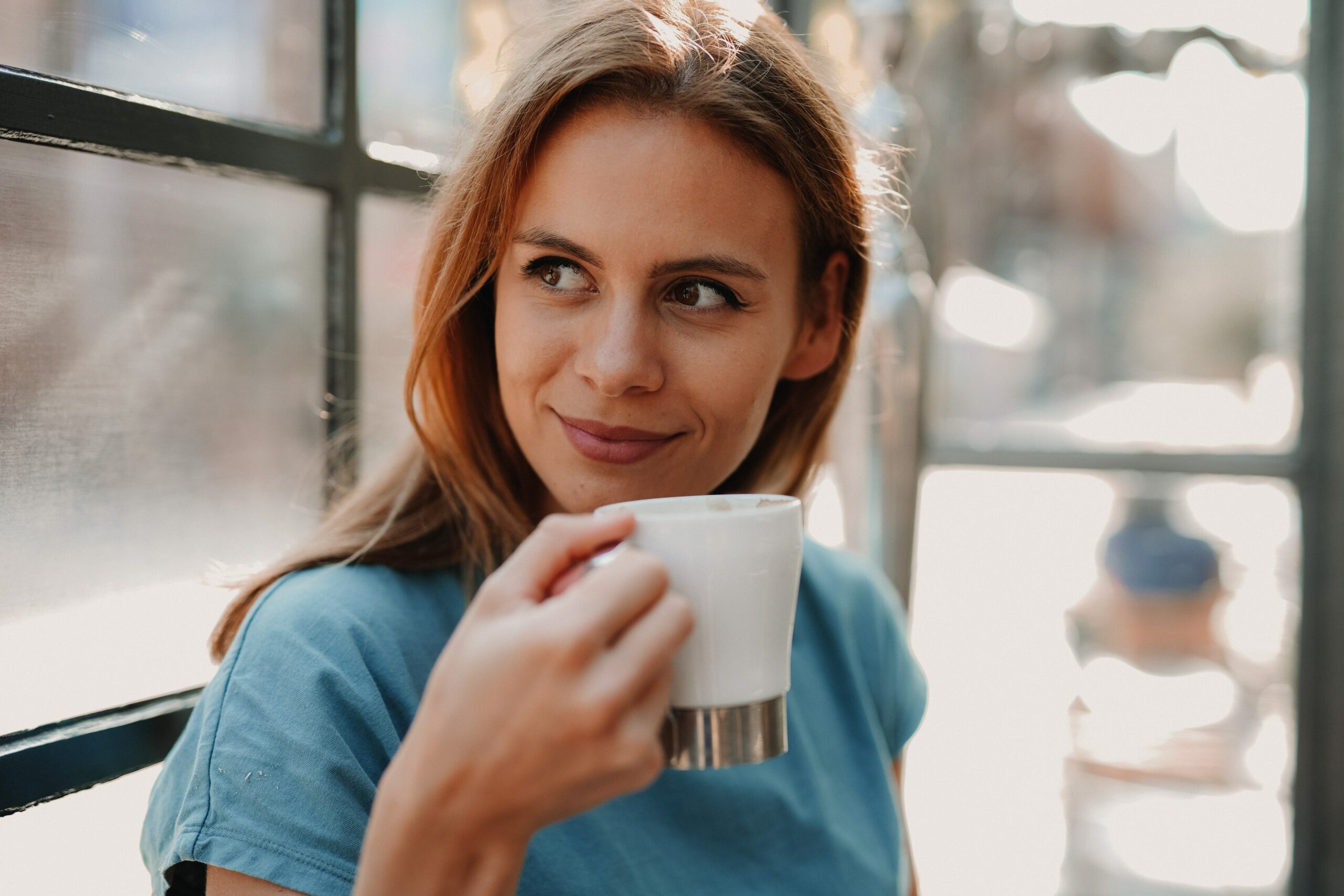
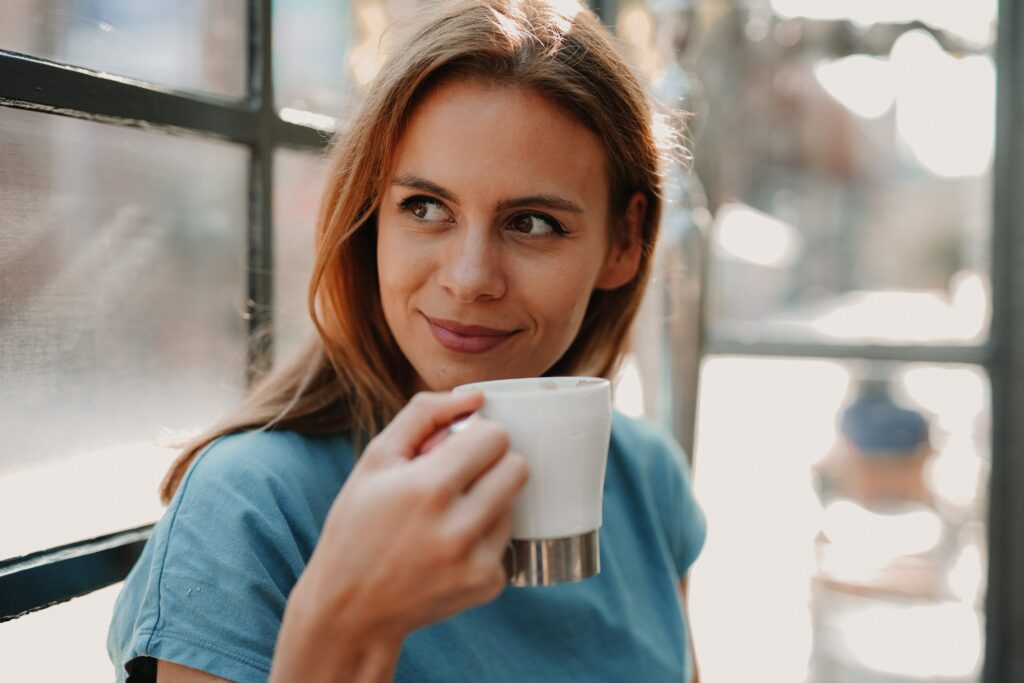
At the heart of the minimalist lifestyle is the word “essential” – the idea that only what is truly necessary should be kept in one’s life. While there are certainly things that are essential for survival, like water, food, and shelter, in the context of a minimalist lifestyle, the term takes on a more nuanced meaning.
I’ve been blogging in the minimalist space for almost a year now. What I’ve noticed is that sharing universal ‘minimalist essentials’ is a very popular topic to write about. The problem with these types of posts is that they fail to acknowledge that what constitutes as “essential” to one person may not be essential for another.
Determining what is essential to you requires a certain level of introspection and honesty about what you actually use and need on a regular basis. This article will help you start this internal dialogue. My hope is that by the end, you know what things are adding value to your life and what things you should let go of.
What Should You Own as a Minimalist?
As a minimalist, you should only own things that add value to your life. But, determining the value of something can be quite tricky.
Start by asking yourself some basic questions:
Do I use this item regularly? Does this item serve a unique purpose? Can I live without it? Would I buy this item again if I didn’t already own it? Does this item align with my goals?If any of your answers were no, it may be a sign that the item in question isn’t adding value to your life. In which case, it may be time to let it go.
Let’s expand on some of these points.
What Are Minimalist Essentials?
Our needs are not universal. What one person can’t live without, another person may never even consider owning. We all have such unique lifestyles, hobbies and physical needs.
That’s why, when embarking on your minimalist journey, it can be so overwhelming to decide what to keep and what to let go of. As you declutter your space, I encourage you not to blindly follow a list of ‘minimalist essentials’ you find on the internet. Instead, think deeper about the role that your physical belongings play in your life. Think of your belongings as tools that help you navigate the world with comfort and ease and allow you to engage in activities that bring you joy.
With this in mind, let’s build your ‘toolkit’.
Minimalist essentials…
1. Are Used Daily
Let’s face it, we all have that one drawer in our house that’s filled with miscellaneous items that we’ve been holding onto “just in case” we need them someday. But let’s be real, how often do we actually use those items?
Your minimalist essentials are items that you use on a daily basis. Whether it’s your favorite coffee mug, a reliable water bottle, or a comfortable pair of shoes, these essential items serve a specific purpose in your life.
I invite you to declutter the sneaky clutter culprits in your home; like your vanity, cupboards, or nightstands. Even if the items you let go of are small and take up a “meaningless” amount of space, they still take up space.
By letting go of those “just in case” items you can simplify your life and make space for the things that truly matter.
2. Serve a Unique Purpose
On many ‘minimalist essentials’ lists, you’ll see items like bath mats or water kettles simply because they’re items that most people use on a daily basis. But a true minimalist essential is an item that serves a unique purpose and can’t be replaced by an item that has multiple uses.
For instance, a water kettle is designed for one purpose only – to boil water – and while it may be convenient, it takes up space and adds unnecessary clutter to your home. By using a pot on your stove to boil water, you can eliminate the need for a water kettle altogether.
Another example of this is a bath mat. Bath mats are notorious for becoming moldy and dirty over time, and often need to be replaced frequently. By using a small towel instead, you can easily wash it and even use it for other purposes in your home. Once again, eliminating the need for an item that most people own.
Being a minimalist is about more than just reducing the number of possessions you have; it’s also about rethinking the way you use the items you do have.
Minimalism isn’t boring or limiting, in fact, it can be an exciting way to re-imagine the things you use every day. Whether it’s repurposing a pot to boil water or using a towel instead of a bath mat, don’t be afraid to get creative. Who knows, you might just discover a new and exciting way to use something you already own!
3. Bring Ease
Minimalism isn’t a competition to own the fewest number of things possible. Instead, it’s about finding the balance between owning things that bring ease to your daily routines and living with less.
For instance, when I moved to a new house last year, I didn’t have a washing machine or dryer. At first, I thought I could manage without them. But, after nearly six months of doing laundry at friends houses and going to the laundromat, I realized that it just wasn’t sustainable for my partner and I. With his dirty scrubs (he’s a nurse) and our active lifestyles, we needed an in-house washing machine and dryer to make our lives easier. And let me tell you, once we bought a set, it brought so much ease to our lives that it was definitely worth the investment.
So, whether it’s a washing machine or any other item that brings ease to your life, don’t be afraid to include it on your minimalist essentials list. After all, minimalism is about making life easier, not harder.
4. Are Things You Can’t Live Without
My biggest gripe with universal ‘minimalist essentials’ is that they don’t take into account your unique lifestyle and physical needs. It’s important to remember that minimalism isn’t a one-size-fits-all solution.
For example, someone with kids will require different essentials than someone without, just as someone with physical disabilities will require specific items that others won’t. Even your job and location play a role in determining your minimalist essentials.
If you work an office job, you’ll have much different wardrobe essentials than someone who works at a hospital. However, the key is to be intentional and thoughtful about what you own. Regardless of what you do for work, you can still minimize your wardrobe by letting go of items that you’re not using or wearing. You can build you wardrobe around versatile pieces that can be worn multiple times a week, and layer items to transition between seasons rather than buying new clothes.
5. Align With Your Goals
As a minimalist, you should own things that align with your goals and values.
If you’re someone who values being environmentally conscious, then owning a compost bin, reusable grocery bags, and even a set of metal straws may be essential to you. If you’re looking to be more active, then investing in workout clothes and equipment that support your fitness goals can be game-changing.
The beauty of curating your own unique list of minimalist essentials is that they’re personalized to you and what you want to achieve. By only owning items that align with your goals, you’re not only simplifying your life but also getting closer to the life you want to lead.
Your minimalist essentials should align with your personal goals, rather than simply conform to a universal list of must-haves.
6. Are Items You’d Buy Again (And Again)
When finding your minimalist essentials, ask yourself this simple question: would I buy it again?
Your minimalist essentials should be items that you would re-buy again in a heartbeat. They are the things that you reach for time and time again even though you have multiples of the same thing. Your favorite coffee mug is an essential, whereas the 30 other coffee mugs in your cupboard are not.
7. Bring Joy
‘Only keep items that spark joy’; I’m sure you’ve heard this saying before. But, what does it really mean?
To explain, I’ll bring up the mug example one more time. If you reach for the same mug every single morning, it must be the one that sparks the most joy for you. Maybe you love its shape, color, or that it was gifted to you by somebody special.
If you have multiples of the same thing, deciding what to hold onto and what to let go of based off whether the item sparks joy is a great rule of thumb. But, don’t expect every item you own to spark joy. You should still hold onto things that are are practical even if they don’t spark joy, like a toothbrush for instance.
8. Are Irreplaceable
There are certain items that are just irreplaceable. Take for instance, a pair of jeans that fit you like a glove. Or a cozy oversized sweater that makes you feel like you’re wrapped up in a hug. They may seem like basic items, but can be cornerstones of your wardrobe.
These items may not be sentimental, but they are essential in their own way. They bring you happiness, comfort, and a sense of familiarity that can’t be replicated. Sometimes, items that aren’t technically ‘essential’ are the ones we use most.
9. Help Reduce Clutter
A primary goal of minimalism is to create a space that is clutter free and brings you a sense of ease. Therefore, items that help you organize your space and reduce clutter are minimalist essentials.
Think storage bins, file folders, and desk organizers – these little helpers can work wonders in keeping your things in order. On the other hand, dressers and coffee tables may be the culprits behind excess clutter, with their endless drawers and shelves that seem to accumulate more and more stuff.
When decluttering, let go of items that add clutter to your home and hold onto those that help you cut the clutter.
10. Allow You to Navigate Your Environment
Your minimalist essentials should help you navigate your environment.
Take rain jackets and boots, for example. If you live in a rainy place, these items are absolute game-changers. They’ll keep you dry and comfortable, so you can tackle your day without worrying about soggy socks. Similarly, if you live in a cold place, good wool base layers are a must-have to help you stay warm and cozy.
If you live in a remote area, owning a car may be essential for getting around. Whereas, if you live in a city, a bicycle may be all that you need. Opting for a bike instead of a car can help you avoid traffic and parking hassles, get some exercise, and feel a sense of freedom as you navigate your urban environment with ease.
In Conclusion
Finding what is essential to you is a deeply personal journey that requires a willingness to take a hard look at your life and your belongings. While there are certainly some items that are universally essential for survival, the beauty of the minimalist lifestyle lies in its flexibility – what works for one person may not work for another.
By asking yourself what you truly need and use on a regular basis, you can begin to hone in on your unique set of minimalist essentials. Remember, the goal is not to deprive yourself of things that bring you joy, but rather to create more space for what truly matters.
***
About the Author: Barefoot Minimalists is a blog packed with tips, ideas, guides and suggestions for everyday people who want to live a more natural life with less. Whether you are just starting your minimalist journey or learning to sustain it, this blog is for you!

 Koichiko
Koichiko 







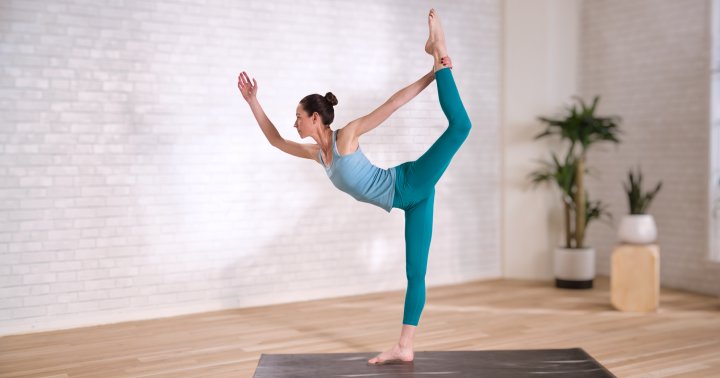

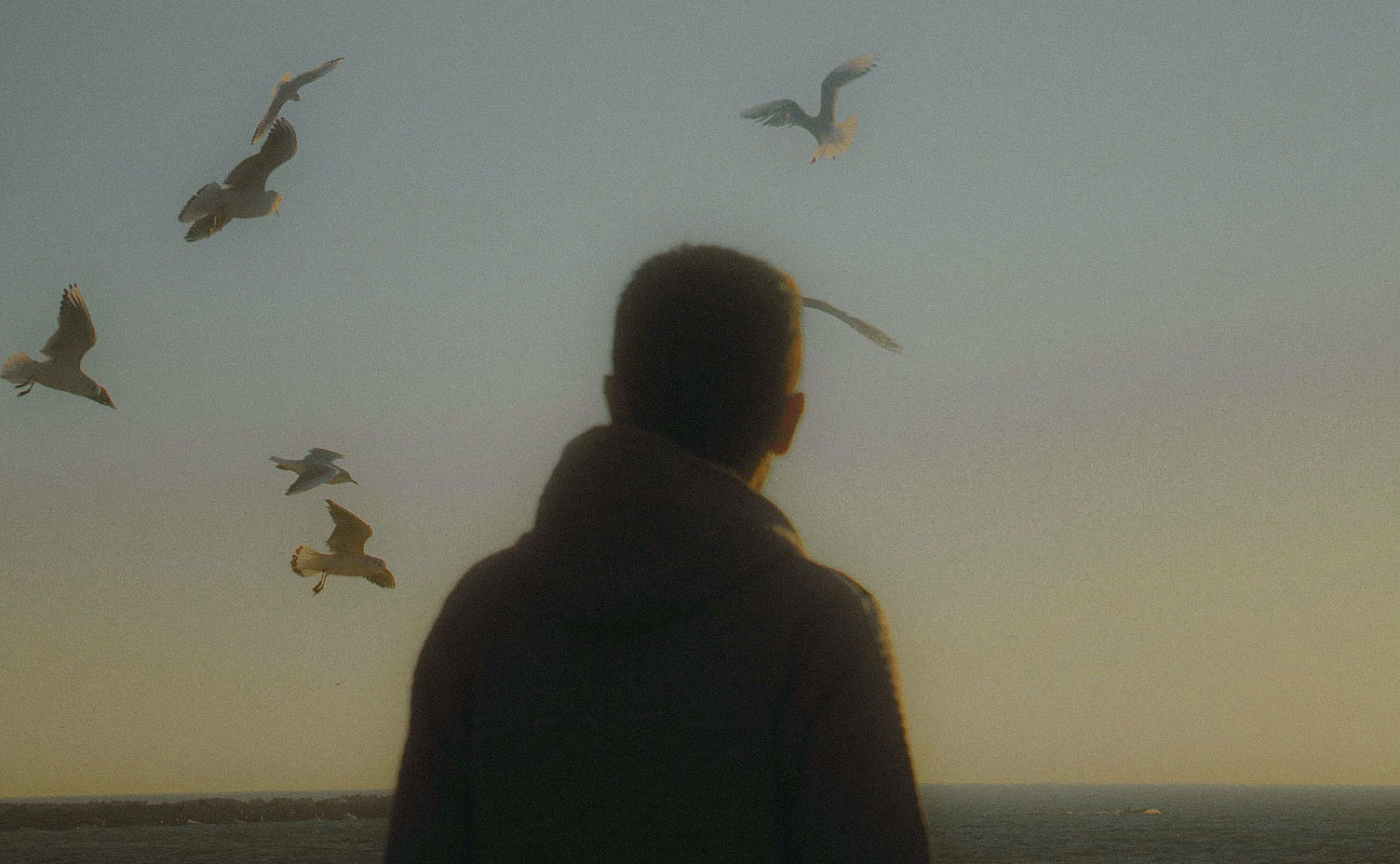
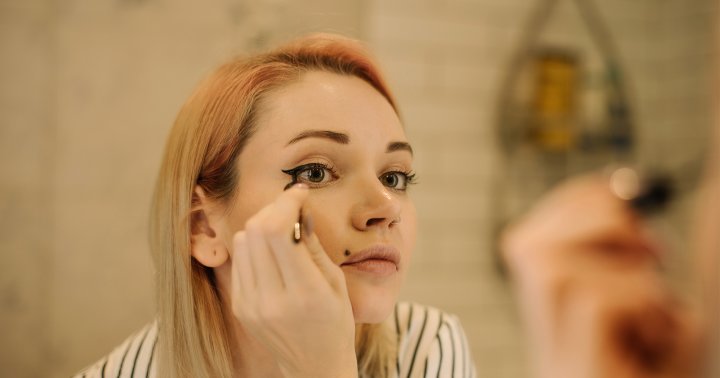
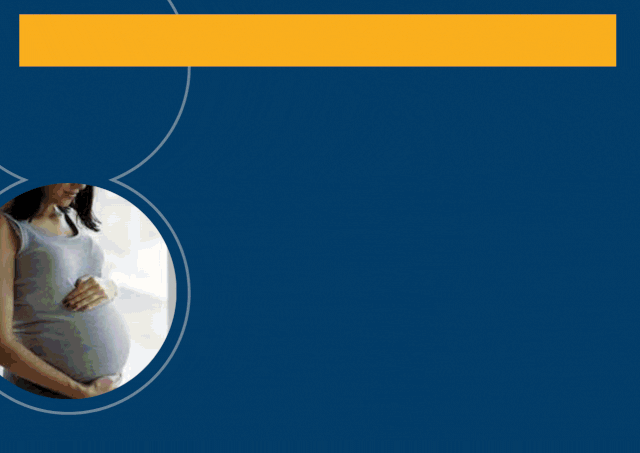







.jpg&h=630&w=1200&q=100&v=6e07dc5773&c=1)




